Table of Contents
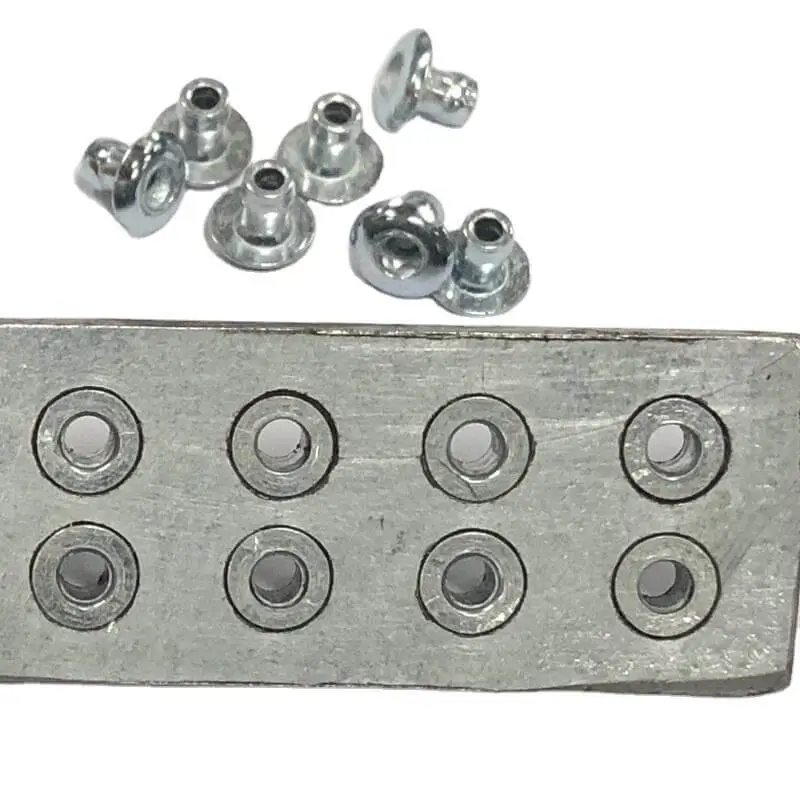
Rivet spacing is a very important consideration in the actual use of rivets. Proper pop rivet spacing can make your project safer and more cost effective Let’s read this rivet spacing guide.
Table of Contents
What is Rivet Spacing?
What is rivet spacing? Rivet spacing is the straight line distance between the centre points of two adjacent rivets in the same row. It is usually measured in millimetres or inches. Rivet spacing is an important parameter to consider when designing and installing rivets. A proper rivet spacing ensures that the rivets are evenly distributed across the material, providing adequate strength and stability.
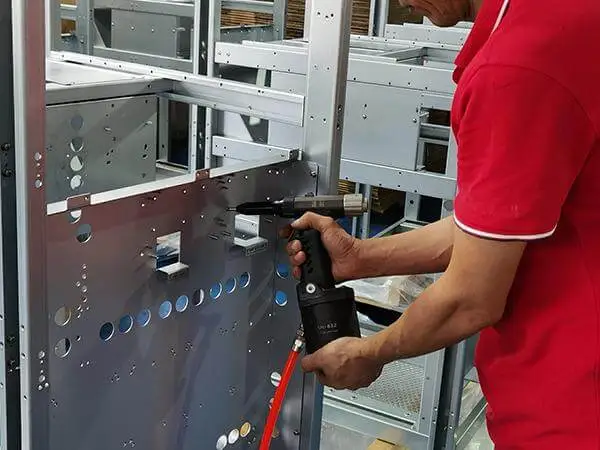
A proper rivet spacing ensures that stresses are evenly distributed across the joined materials and avoids deformation or rupture of the material due to stress concentration. In addition, proper spacing ensures that the rivets maximise the fastening effect, increasing the strength and stability of the structure. Therefore, the correct spacing of rivets is essential for industrial projects.
The Importance of Pop Rivet Spacing
Pop Rivet spacing directly affects the strength, durability and safety of riveting. Proper rivet spacing ensures that the material remains stable when subjected to loads and avoids material damage or failure of the riveted joint. Below are a few specific aspects of the importance of rivet spacing:
1. Ensure Structural Strength
Rivet spacing determines the overall strength of the riveted structure. If rivets are spaced too far apart, it may result in portions of the structure lacking sufficient fastening force, thus reducing the strength and stability of the structure. Conversely, too little spacing may weaken the material itself. Therefore, a reasonable rivet spacing is very important. It ensures that the connected parts are strong enough to withstand external forces without loosening or separating.
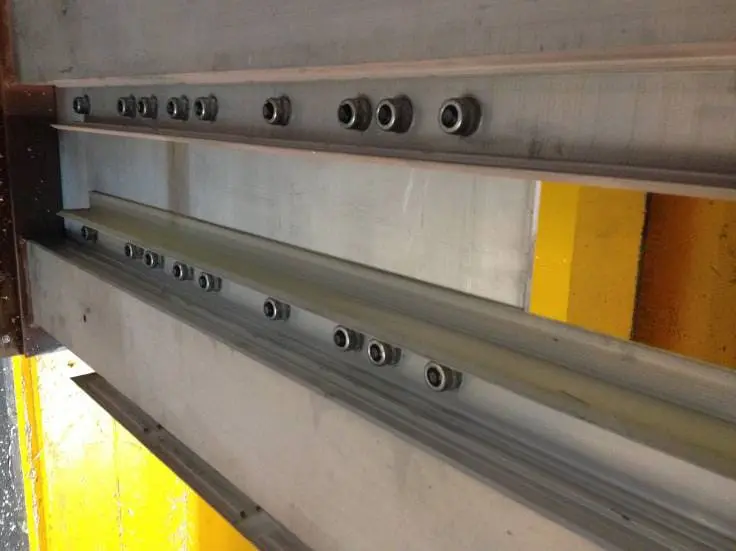
2. Preventing Material Tearing
In the industrial field, rivets are used to make connections, due to improper operation, it is likely to cause the rivet spacing is too small.
So, what are the consequences of too small rivet spacing? If the rivet spacing is too small, the material between the rivets is very susceptible to stress concentration. And stresses can lead to material fatigue, cracking or tearing.
This is especially true in thin or brittle materials. Too little rivet spacing can weaken the riveted joint area, increasing the risk of cracking and tearing.
3. Dispersing Stresses to Avoid Concentrated Stresses
Concentration of stress can lead to some bad consequences. For example, fatigue, deformation or fracture of the material during loading. And proper spacing can help distribute the load over a wider area of the material, extending the life of the structure.
4. Improve the Durability of the Connection
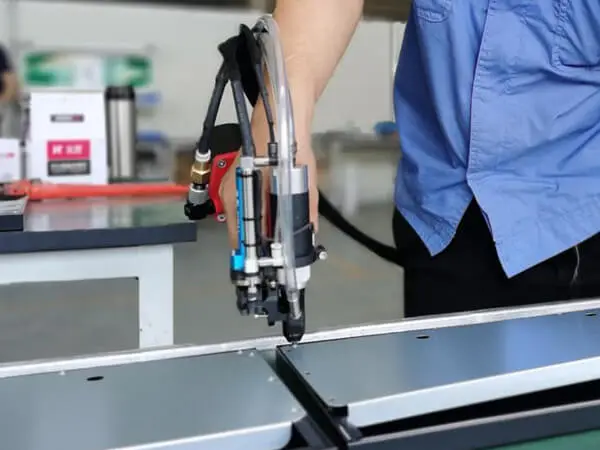
Rivets are often used in high vibration environments (e.g., automobiles, aircraft, mechanical equipment, etc.) due to their unique characteristics. These environments require a high level of vibration resistance in the connecting fasteners because they are subjected to vibration for long periods of time. Rivets provide a good solution. Proper rivet spacing reduces the risk of rivets falling out or loosening, and can ensure a long-lasting stable connection.
5. Affect the Efficiency of the Riveting Process
Excessive rivet spacing may lead to overuse of rivets, increasing material and time costs. Excessive spacing may require additional corrective steps to ensure the strength of the connection.
Therefore, proper rivet spacing design can optimise the production process, reduce unnecessary rivet use and process complexity, and thus increase productivity.
6. Increased Structural Rigidity
In some heavy-duty applications, such as mechanical structures, bridges and buildings. Proper rivet spacing can increase the rigidity of the overall structure and reduce the deformation and fatigue of the structure in long-term use. This will make the structure more stable and durable when subjected to loads.
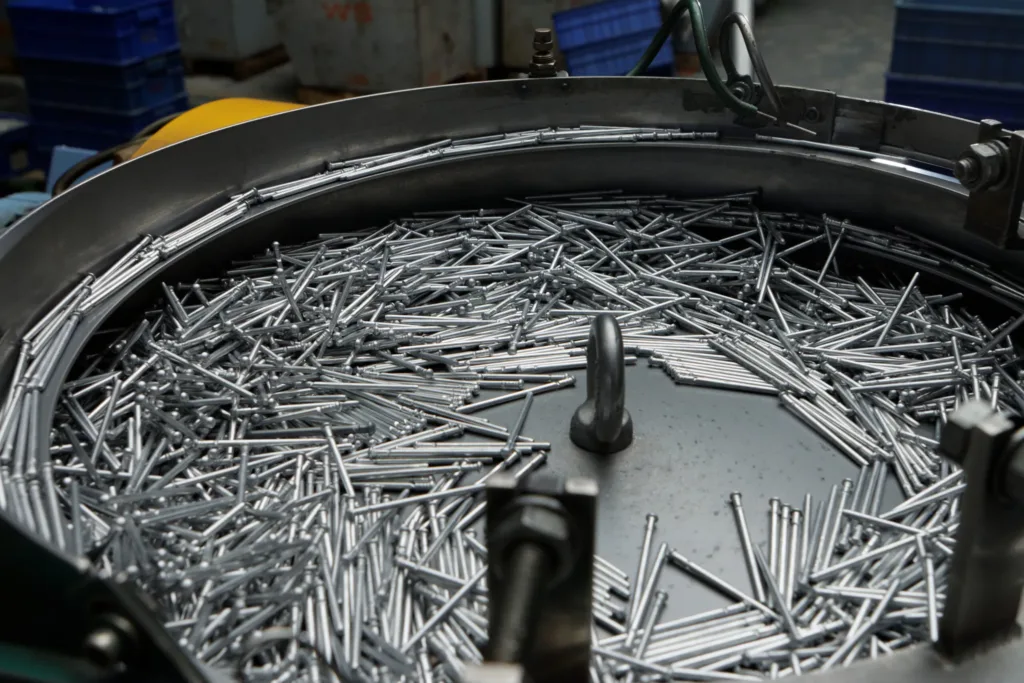
Contact Our Engineers Today
We provide you with high quality rivets, including customized services.
Design Rules for Pop Rivet Spacing
To ensure the strength, stability and safety of the structure. The design of rivet spacing generally follows certain design principles. These rules are generally based on rivet diameter, material and characteristics and application scenarios. The following are some common rules for rivet spacing design:
What is the Minimum Distance Between Rivets?
In practice, if the spacing between rivets is too small, if the spacing between rivets is too small, the material is prone to uneven force between rivets, which may lead to material tearing or reduced strength between rivet holes.
Therefore, in normal applications, the minimum spacing is set at three times the rivet diameter, which ensures adequate material strength.
What is the Maximun Distance Between Rivets?
Of course, rivet spacing may be too small or too large. Excessive spacing may result in a poor or loose material connection, making the structure unstable. Therefore, the maximum spacing limit ensures that the rivets are able to distribute stresses evenly over the load capacity range and prevent material separation.
In practical design, the maximum spacing between rivets should normally not exceed 10 times the rivet diameter.
Material Thickness
In practice, the materials to be joined cannot all be of standard thickness. So the rivet spacing will change according to the thickness of the material. For thinner materials, the rivet spacing should be appropriately reduced to prevent material deformation or stress concentration. For thicker materials, the rivet spacing can be increased appropriately, but should not exceed the maximum spacing limit.
The thickness of the material directly affects the strength of the rivet connection. Thin materials are prone to bending or deformation at larger spacings and therefore require smaller spacings, while thicker materials can withstand larger spacings.
What Should be the Spacing Between Two Rows of Rivets when Multiple Rows of Rivets are Used?
In the design of multi-row rivets, the spacing between two rows of rivets (i.e. the distance between the centre lines of two adjacent rows of rivets) usually needs to follow the following basic principles:
- The spacing between two rows of rivets should be 3 to 5 times the rivet diameter.
Recommendation: Typical spacing between two rows of rivets should be 4 times the diameter of the rivets, which is a distance that distributes the stresses and ensures the strength and stability of the material being joined.
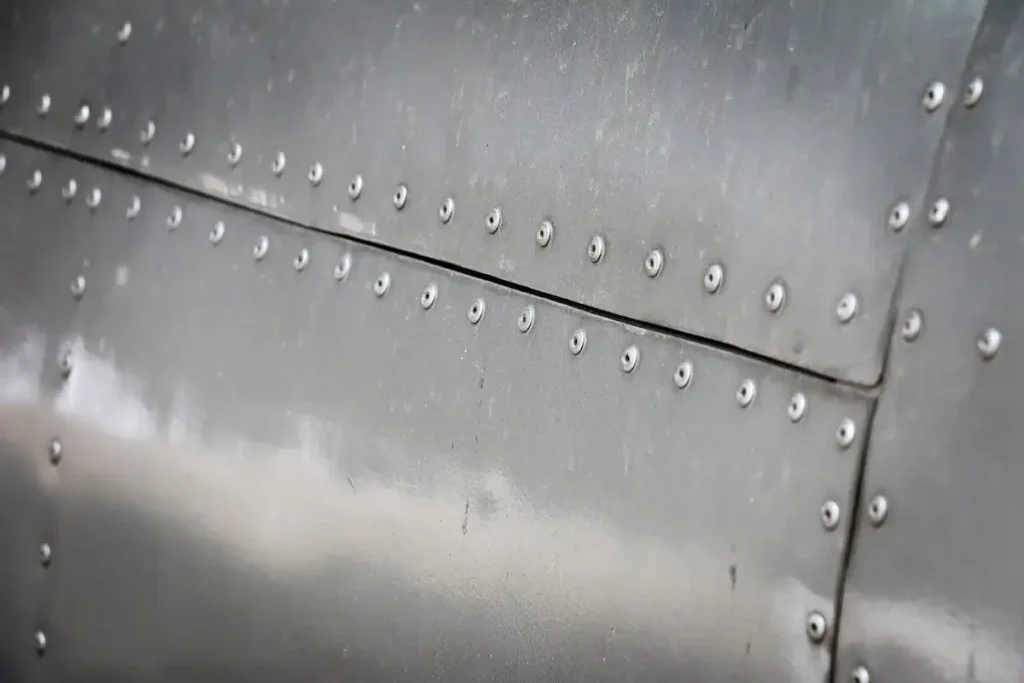
To achieve strength and durability in the overall area of the riveted joint and to reduce the risk of material tearing or rivet loosening. A variety of factors need to be considered and the following are some of the main influencing factors:
- Material properties: If the material is thin or brittle, the spacing may need to be reduced to ensure structural strength. Whereas thicker or stiffer materials may require increased spacing.
- Application scenarios: In high vibration or high load environments, smaller spacing is often required to enhance fatigue and vibration resistance.
- Rivet specifications: the size of the rivet diameter will directly affect the choice of pitch, the larger the rivet, the pitch should also be increased appropriately.
Does the Spacing Need to be Adjusted when Using Rivets on Different Materials?
Of course, different materials have different properties. So when using rivets on different materials, the rivet spacing does need to be adjusted.
Strength of Material
There are two main types of materials based on their strength:
- Soft materials (e.g. aluminium, plastic, wood)
- Hard materials (e.g. steel, stainless steel, titanium)
Soft materials have low strength and are susceptible to pressure or shear. To avoid tearing of the material, it is often necessary to reduce the rivet spacing. Rivet spacing is usually three to five times the diameter of the rivet, but for softer materials a spacing closer to three times is favoured.
Harder materials are stronger and harder and can withstand greater stresses and loads. Rivet spacing can be increased appropriately to reduce rivet count and cost.
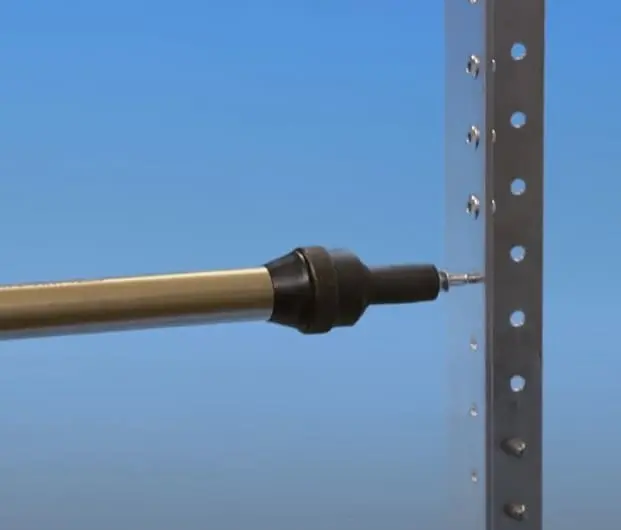
Thickness of Material
Based on the thickness, the materials can be classified as follows:
- Thin Materials
- Thick Materials
Thinner materials are prone to bending, distortion or tearing during riveting and therefore require tighter rivet distribution to maintain strength.
Thicker materials are able to withstand greater shear and tensile forces, so the number of rivets can be reduced.
Custom Rivet Solutions for Your Project
If your project requires the use of rivets, Rivmate can provide you with many types of pop rivets.Rivmate is the top pop rivet manufacturer in China, you will get not only high quality pop rivets, but also professional riveting solutions!
Contact our engineers now! Let’s customise the riveting solution for your project!




